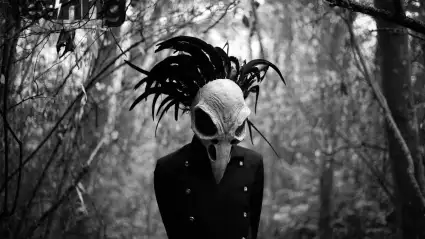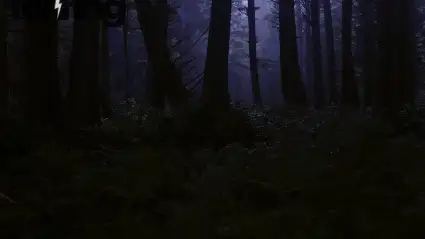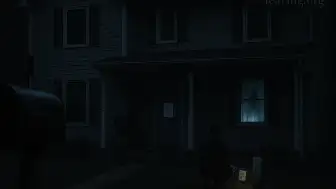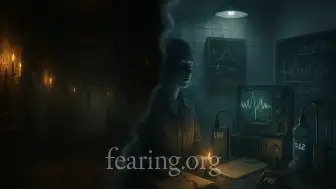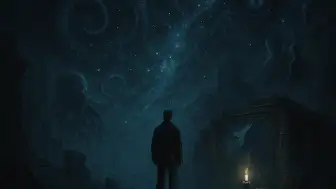Paranormal Investigations have fascinated humanity for centuries, evolving from candle-lit séances into data-driven explorations of the unknown. What was once considered superstition is now a multidisciplinary field where technology, psychology, and history collide. In 2025, investigators rely not only on intuition but also on infrared cameras, EMF detectors, and AI-assisted sound analysis to separate myth from measurable evidence.
According to Dr. Richard Wiseman, a psychology professor and author of Paranormality, “People’s experiences of ghosts often tell us more about the human mind than about spirits.” His statement reflects the modern shift — the goal is not merely to prove the supernatural but to understand why people perceive it.
The Evolution of Paranormal Investigations
From the Victorian era’s spiritualist movements to today’s digital ghost hunting shows, paranormal inquiry has continuously adapted to its era. Early investigators such as the Society for Psychical Research in 1882 sought to explain hauntings scientifically. Fast-forward to 2025, and we see teams using spectral mapping, heat-signature tracking, and AI-driven voice filters.
Television has fueled public curiosity, but professionals emphasize that authentic Paranormal Investigations are methodical. Every unexplained sound or shadow undergoes environmental testing — temperature checks, humidity readings, and electromagnetic comparisons.
Key Technologies in Modern Paranormal Investigations
Today’s investigators employ an array of specialized tools to record, measure, and analyze potential supernatural activity.
| Tool | Function | 2025 Update |
|---|---|---|
| EMF Detectors | Measure electromagnetic fluctuations | Now synced with AI to eliminate false positives |
| Thermal Cameras | Detect temperature anomalies | Advanced sensors show real-time temperature gradients |
| EVP Recorders | Capture electronic voice phenomena | Enhanced with noise-cancellation AI filters |
| LIDAR Scanners | Map spaces using laser reflection | Used to create 3D models of haunted locations |
| Full-Spectrum Cameras | Capture visible and invisible light ranges | Reveal motion unseen by the naked eye |
As investigator and YouTube personality Amy Bruni says, “Technology doesn’t prove ghosts exist — it helps us understand what we’re actually experiencing.”
The Psychology Behind the Paranormal
Scientific studies reveal that many Paranormal Investigations uncover patterns linked to human perception. Dim lighting, fatigue, and infrasound (low-frequency sound below human hearing) can all induce sensations of presence or unease.
Neuroscientist Dr. Olaf Blanke’s research at EPFL demonstrated that stimulating certain brain regions can reproduce the feeling of being watched. “Our sense of self-location and body ownership can be tricked,” he explains, offering a neurological explanation for ghostly encounters.
Still, even skeptics agree that not all phenomena are easily dismissed. As parapsychologist Dr. Dean Radin notes, “Anomalies remind us that our understanding of consciousness is incomplete.”
Famous Paranormal Investigations in History
Some investigations have shaped public perception for decades. Here are a few of the most influential:
The Amityville Haunting (1975, USA): A case that inspired countless films, though much of it remains disputed.
Enfield Poltergeist (1977, UK): Documented by the Daily Mirror and investigated by the Society for Psychical Research.
Waverly Hills Sanatorium (Kentucky): Known for hundreds of reported apparitions recorded through infrared imaging.
Raynham Hall (England): The site of the famous “Brown Lady” photograph — one of the earliest ghost images ever captured.
The Eastern State Penitentiary (Philadelphia): Now a research ground for EMF anomalies and EVP experiments.
Each of these investigations contributed to how society frames “evidence” in Paranormal Investigations — balancing folklore, fear, and empirical study.
The Role of AI and Data Science in 2025
AI has transformed ghost hunting into data analytics. Modern teams feed environmental readings, sound spectrums, and motion data into predictive algorithms that categorize “normal” versus “anomalous” occurrences.
Pattern Recognition: AI cross-checks temperature drops and EMF spikes for environmental correlations.
Voice Analysis: Machine learning filters out background interference to isolate unexplained audio patterns.
Predictive Modeling: Based on location history, AI suggests “high-activity” zones before fieldwork begins.
Tech analyst Marina Lopez notes, “AI doesn’t chase ghosts — it hunts patterns. The question is whether those patterns mean something beyond physics.”
Ethical and Cultural Perspectives
Modern Paranormal Investigations raise ethical questions. Should investigators enter historical sites at night? Is it respectful to record at cemeteries? Cultural sensitivity has become central, particularly when exploring indigenous or religious grounds.
Anthropologist Dr. Sarah Bartlett warns, “We must distinguish between cultural ritual and exploitation. Every investigation should respect local beliefs.” Many contemporary teams now collaborate with historians and cultural advisors to maintain integrity.
Public Interest and the Media
The popularity of streaming shows such as Ghost Adventures, Kindred Spirits, and 28 Days Haunted demonstrates the public’s fascination with the unexplained. In a 2025 Statista survey, 61% of respondents admitted they believe in ghosts or spiritual energy, while 37% claimed to have experienced something paranormal personally.
However, veteran investigator Grant Wilson reminds fans, “Television condenses hours of investigation into minutes. Real ghost hunting is 95% waiting — and 5% questioning your sanity.”
This balance of skepticism and open-mindedness keeps the field dynamic.
How to Conduct a Responsible Paranormal Investigation
If you’re inspired to start your own investigation, follow these professional guidelines:
Research the Location: Study its history and reported phenomena.
Obtain Permission: Never enter private or restricted property without consent.
Check Environmental Factors: Drafts, electrical wiring, or water pipes can create misleading effects.
Use Reliable Equipment: Document all readings with timestamps.
Maintain Objectivity: Record both confirmed and debunked events.
Always remember investigator John Tenney’s advice: “A real paranormal researcher investigates both the haunted house — and the people inside it.”
FAQ
Q1: Are paranormal investigations considered scientific?
A1: While they use scientific tools, most researchers classify them as pseudoscientific explorations due to limited reproducibility.
Q2: What’s the most common explanation for hauntings?
A2: Environmental factors such as infrasound, electromagnetic interference, and suggestion often play major roles.
Q3: Can AI truly detect ghosts?
A3: AI analyzes environmental anomalies but cannot confirm supernatural presence — it only refines data accuracy.
Paranormal Investigations in 2025 exist between science and storytelling, belief and data. They challenge us to examine perception itself and to ask whether every unexplained sound must have a rational answer. The field’s future lies not in proving ghosts, but in understanding why humanity continues to seek them.
As physicist Michio Kaku once said, “Science is the poetry of reality — and every mystery we chase brings us closer to understanding ourselves.”


